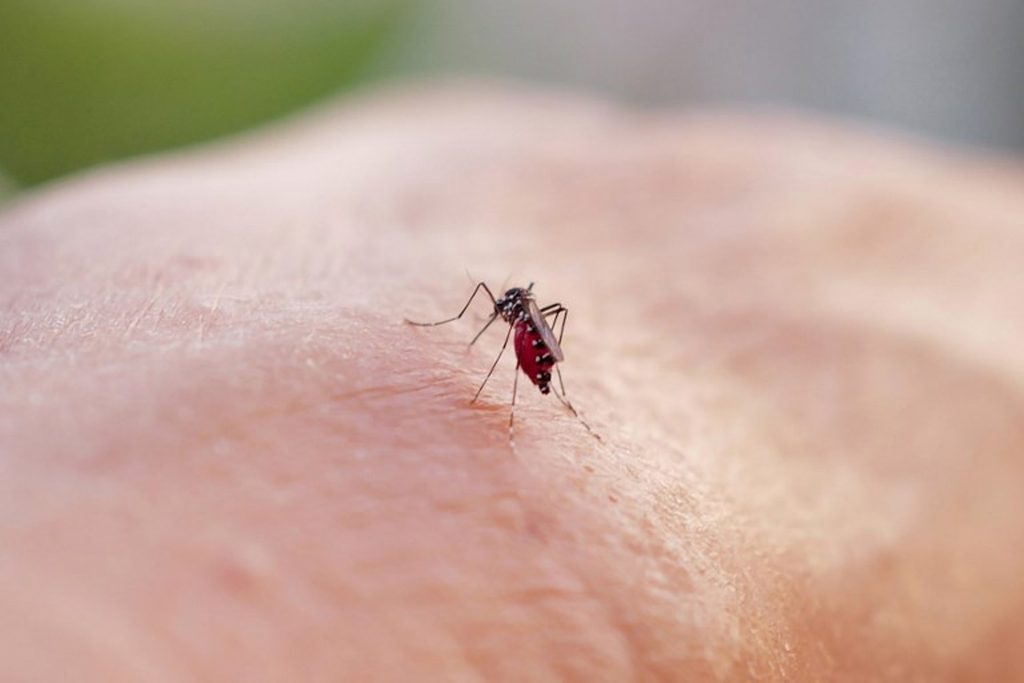Invasive alien species (IAS) are virtually invisible but present a major ecological threat, the Intergovernmental Science-Policy Platform on Biodiversity and Ecosystem Services (IPBES) warned in its latest report, issued on Monday.
These highly adaptable animals and plants, introduced voluntarily or involuntarily by human intervention, proliferate, supplant or drive out indigenous species, going so far as to make some of them extinct.
They also cause multiple impacts that are often unsuspected before it is too late, IPBES explains in its 'Assessment Report on Invasive Alien Species and their Control,' approved on Saturday in Bonn, Germany, by representatives of the 143 member States of IPBES.
Direct driver of global biodiversity loss
Invasive species are one of the “direct drivers of biodiversity loss on a global scale,” along with climate change and pollution, notes the international panel of experts, which meets under the aegis of the UN.
The assessment report, prepared by 86 international experts from 49 countries, is based on more than 13,000 reference studies, synthesised over four years at a total cost of more than $1.5 million.
It comes just a few months after the Kunming-Montreal agreement, in which the international community set itself the target of reducing the rate of introduction of invasive alien species by 50% by 2030.
Major ecological, health and econmic problem
“The phenomenon is still little known and until recently, apart from a few scientists, attracted little attention, but it is a major problem in ecological, health and even economic terms,” says Christophe Diagne, a researcher at the Institut de recherche pour le développement (IRD) in Montpellier.
By settling permanently in new territories, these species “change the local environment, with consequences that we don’t always measure at first, but which can lead to the disappearance of certain native species,” explains Mr Diagne.
There are many examples of this, from the Mauritian dodo, which disappeared because of predation by animals imported by colonists (rats, cats, dogs), to the American crayfish, a formidable predator in French rivers, or the apparently harmless European bumblebee, which is about to get the better of its Chilean colleague by bringing back a devastating parasite.
... a quarter of bird species could disappear in 50 years
A 2021 study in Global Change Biology showed that 14% of the ‘functional diversity’ (habitat and mass) of mammals was threatened by biological invasions and that 27% of birds, which are particularly vulnerable, could disappear over the next fifty years.
The impact on human health can be devastating: for example, the proliferation of the tiger mosquito, which is responsible for epidemics of dengue fever and chikungunya.
In financial terms too, the consequences are not negligible: in 2021, a study in 'Nature' magazine put the cost of the ravages at at least $1,288 billion since 1970.

